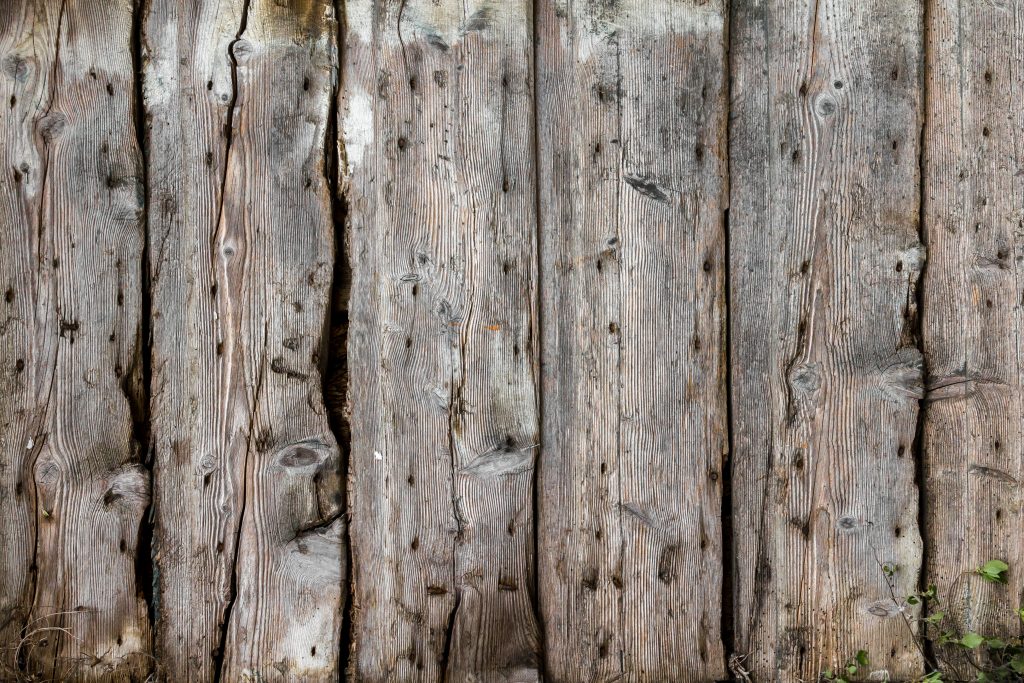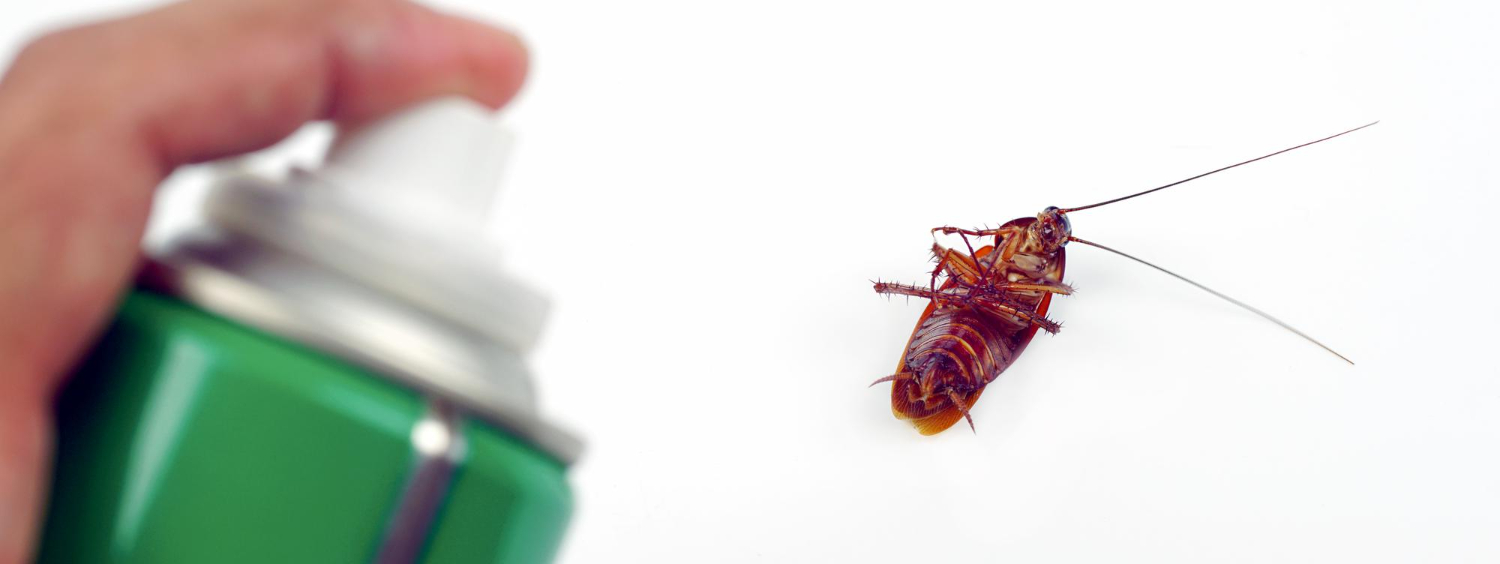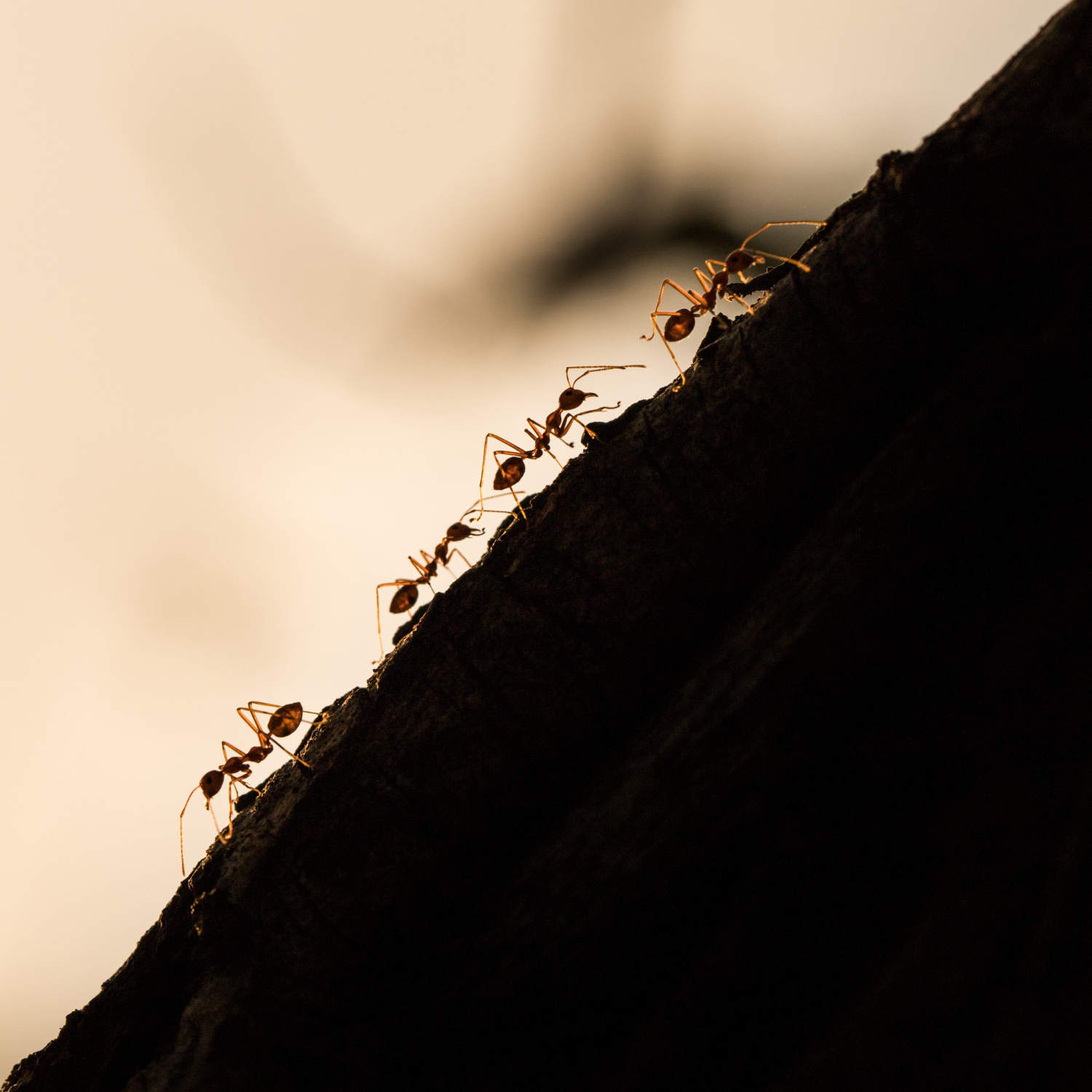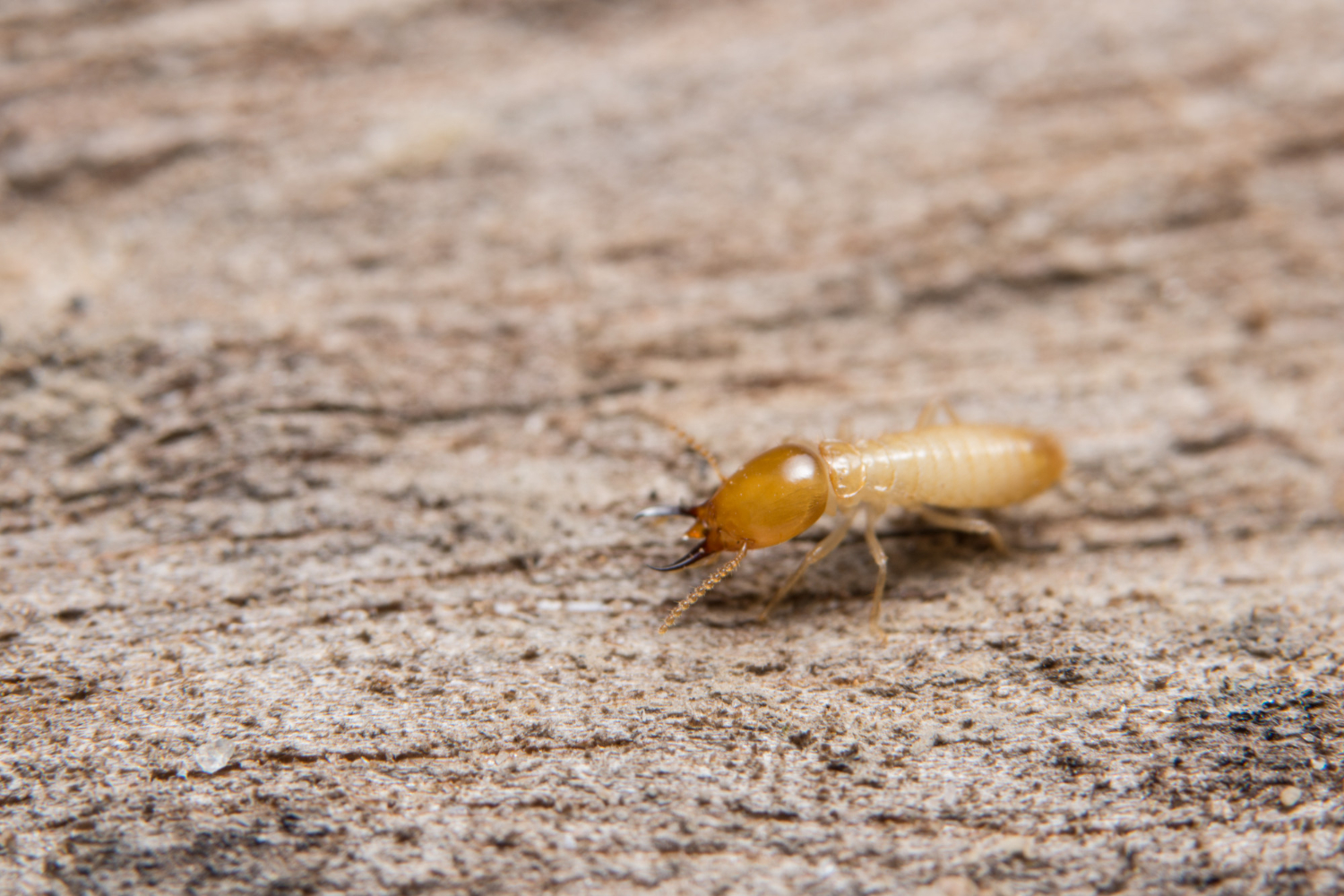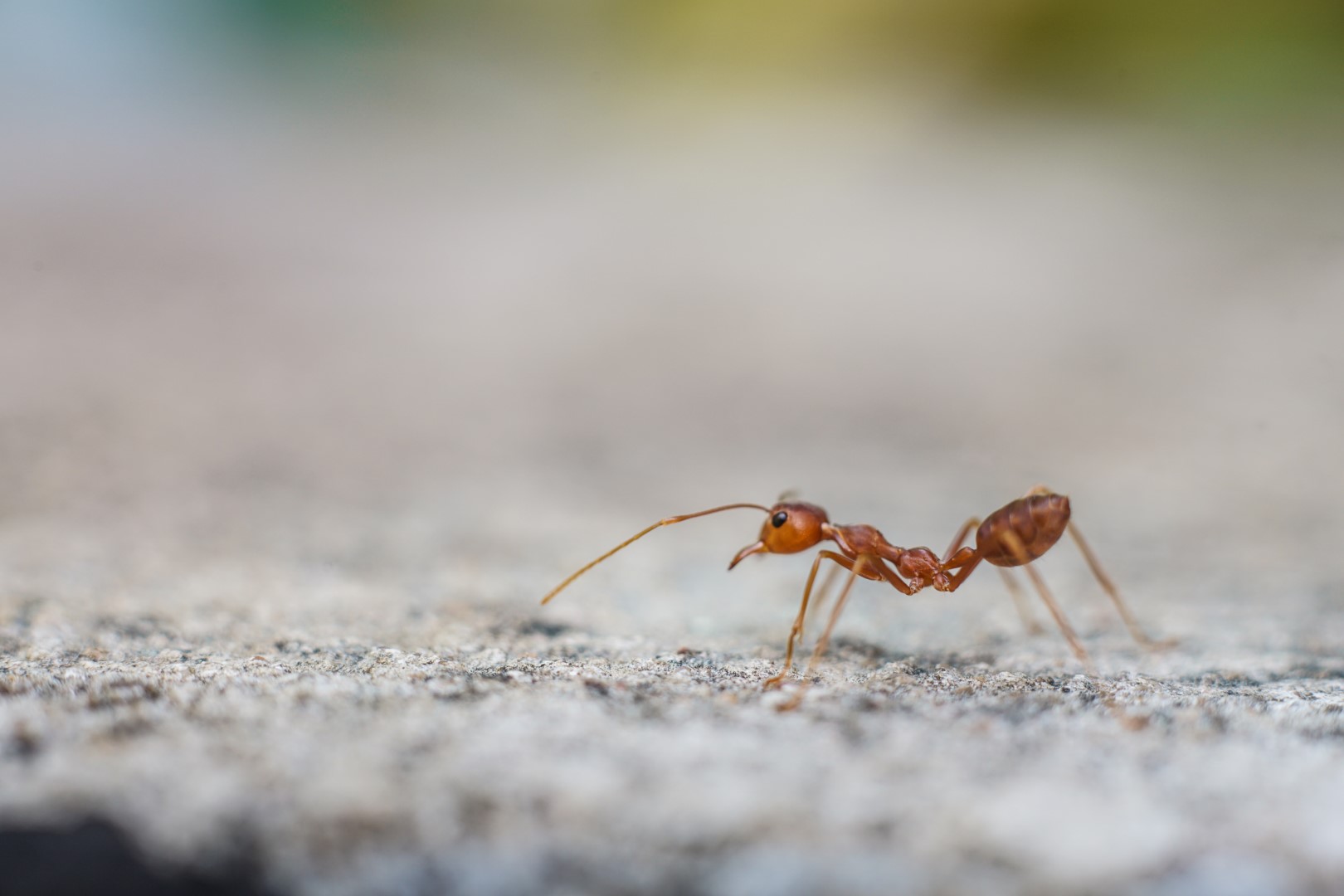Wood can be in service in many situations and remain structurally sound for up to 1,000 years and longer. However, when wood is used in an environmentally hazardous situation (for example high moisture areas) it may be totally destroyed within a few short years.
Wood can be deteriorated by many factors. Some examples are;
Wood Decay Fungi – A very destructive and widespread cause of wood destruction to timber structures in Sth East Queensland.This type of fungus grows on damp wood and it’s roots ‘eat’ the lignin (the cellular glue that holds wood cells together).
These fungi render sound timber susceptible to certain insects that do not normally damage sound wood eg. Anobium australiense, Subterranean and Dampwood Termites. The types of damage that results is called ‘brown rot’ usually in hardwoods or ‘white rot’ often in softwoods.
Chemical Decomposition – A quite common occurrence, the importance of which is often overlooked during Building and Pest Inspections in Sth East Qld. Acids and alkalis such as Nitric acid and some types of industrial waste gases including Sulphur dioxide quickly decompose moist wood.
This is because these compounds destroy the lignin, thereby making the cells fall apart. This type of wood degeneration produces ‘hairy wood’.
Houses on the seafront of the Gold Coast often present roofing timbers severely ‘de-ligni-fied’. The wood is only slowly damaged by salt air over 25-75 years and finally collapse occurs in smaller dimensional members such as tiling battens.
Examples of these two types of decomposition are OREGON or DOUGLAS FIR decks and stairs. These species of timber were recently removed from Building codes for weather-prone structures in Queensland including outside attached decks, stairs and feature garden retaining structures.
My point is this:
When considering what timber to buy from Bunnings for your next outside project, consider CCA treated softwood over cheaper alternatives. The CCA (copper chrome arsenate) treated softwood is usually more impregnated than similar hardwood products.
When choosing between taninised, boron, CCA (copper-chrome-arsenate) and other types of treated timber for outside installation remember to allow for regular fungicide added timber preservatives like a good quality exterior grade oil containing more than 1% Copper napthanate.
This compound is a fungicide and it’s mode of action is to kill fungus spores before they can take root in the timber.
